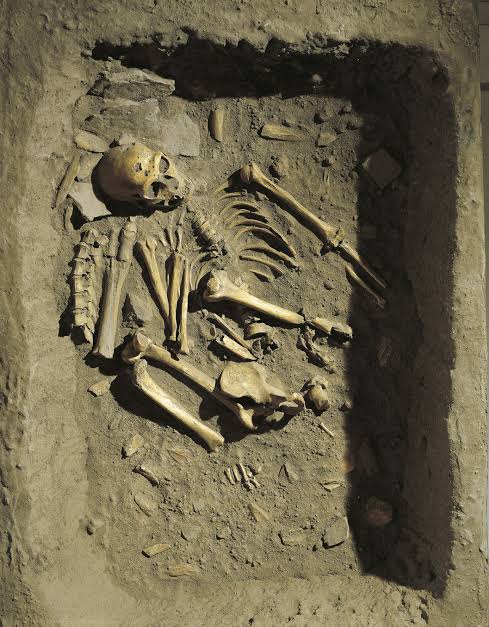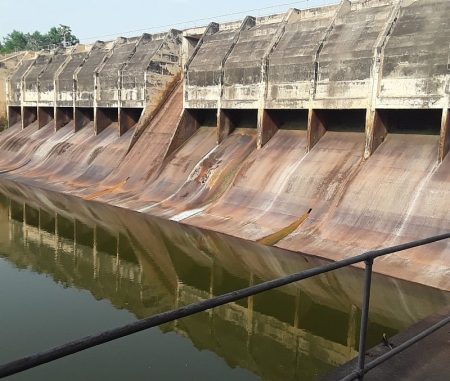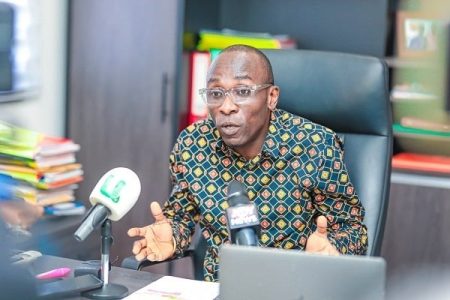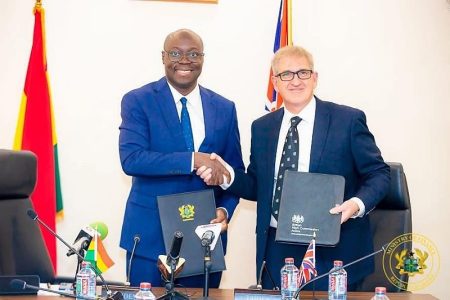This narrative, originating from a social media post, details the unnerving experience of a family’s return trip to Nigeria, a journey shrouded in mystery and alleged paranormal activity. The story revolves around a Nigerian man residing abroad with his foreign wife and three children who decided to visit his family in Nigeria. This seemingly ordinary trip took a bewildering turn as they neared their destination, the family compound.
The man, according to the account, informed his wife of a quick errand at a nearby store, instructing her to proceed to the family home with their children. Despite his wife’s suggestion to enter together, he insisted she go ahead. When he failed to rejoin them after several minutes, his wife retraced her steps to the store, only to be met with the unsettling news that no one matching her husband’s description had been seen.
Presuming he had gone directly to the family home, the wife continued her journey, only to be confronted with a chilling revelation upon arrival. The family members present asserted that the man she described had been deceased for over a decade. They even presented her with his grave, a stark and terrifying confirmation of their claim. This shocking encounter left the wife and children in a state of utter disbelief and horror, grappling with the inexplicable nature of the situation.
The story quickly gained traction on social media platforms, sparking intense discussions and debates amongst users. Some dismissed it as a fabricated tale or an urban legend, questioning the plausibility of the events. Others, however, interpreted the narrative through a paranormal lens, suggesting the involvement of supernatural forces or spiritual phenomena. Various theories and interpretations were put forth, attempting to unravel the mystery surrounding the alleged dead man’s appearance.
Skeptics questioned the veracity of the account, highlighting the lack of concrete evidence and the potential for embellishment or misinterpretation. They pointed to the possibility of mistaken identity, miscommunication, or even a deliberate hoax. The absence of corroborating witnesses and the reliance on a single, unverified source fueled their skepticism. They argued that extraordinary claims require extraordinary evidence, and in this case, such evidence was lacking.
Conversely, those inclined towards paranormal explanations offered various interpretations. Some suggested the man might have been a doppelganger, a ghostly double of the deceased. Others proposed the possibility of a temporary resurrection, a brief return from the afterlife for a specific purpose. Some even ventured into the realm of spiritual possession, speculating that the man’s spirit might have inhabited another body. These interpretations, while lacking scientific basis, found resonance among those who believe in the existence of supernatural phenomena.
The narrative, irrespective of its authenticity, tapped into a deep-seated human fascination with the unknown, the mysterious, and the afterlife. It sparked conversations about the nature of reality, the possibility of life after death, and the existence of parallel dimensions. The ambiguity surrounding the event allowed for a wide range of interpretations, fueling the story’s viral spread and captivating the online community. The chilling nature of the account resonated with many, evoking feelings of fear, intrigue, and a sense of the uncanny.
The story’s impact extended beyond mere entertainment. It served as a catalyst for discussions about grief, loss, and the complexities of human perception. It highlighted the power of belief systems in shaping our understanding of the world and the different ways individuals process and interpret unusual experiences. The narrative’s ambiguity allowed individuals to project their own beliefs and fears onto the story, further amplifying its impact.
The viral spread of this narrative underscored the power of social media in disseminating information, regardless of its veracity. It highlighted the speed with which stories can circulate online and the potential for both misinformation and meaningful dialogue. The story became a focal point for conversations about the nature of truth, the importance of critical thinking, and the challenges of discerning fact from fiction in the digital age.
Ultimately, the story of the Nigerian man’s alleged return from the grave remains an enigma. Whether a fabrication, a misinterpretation, or a genuine paranormal encounter, it continues to generate intrigue and speculation. The narrative, while lacking definitive answers, serves as a reminder of the enduring human fascination with the unexplained and the powerful grip of stories that challenge our understanding of reality.














